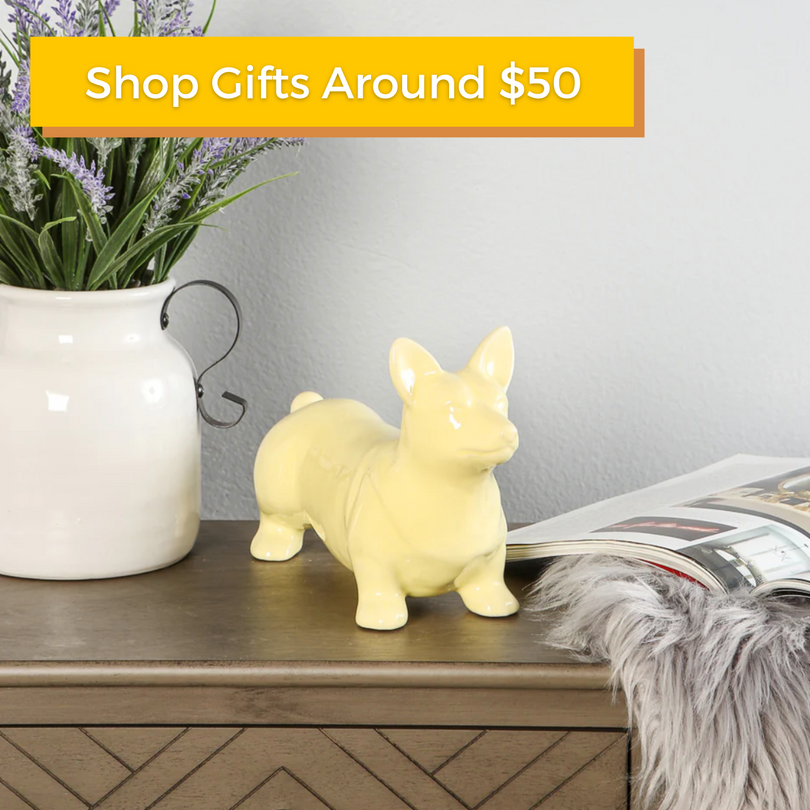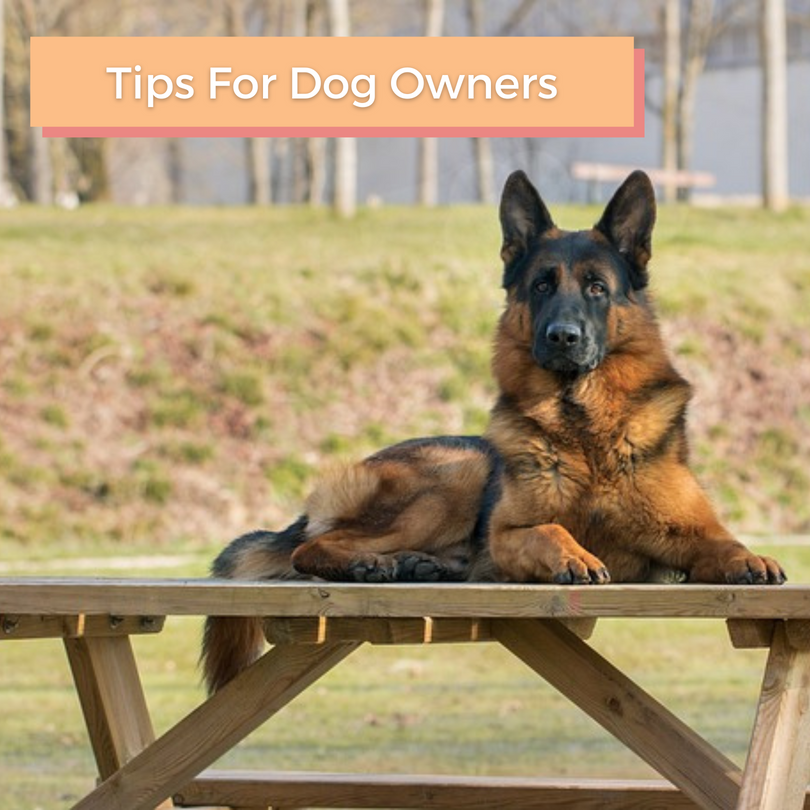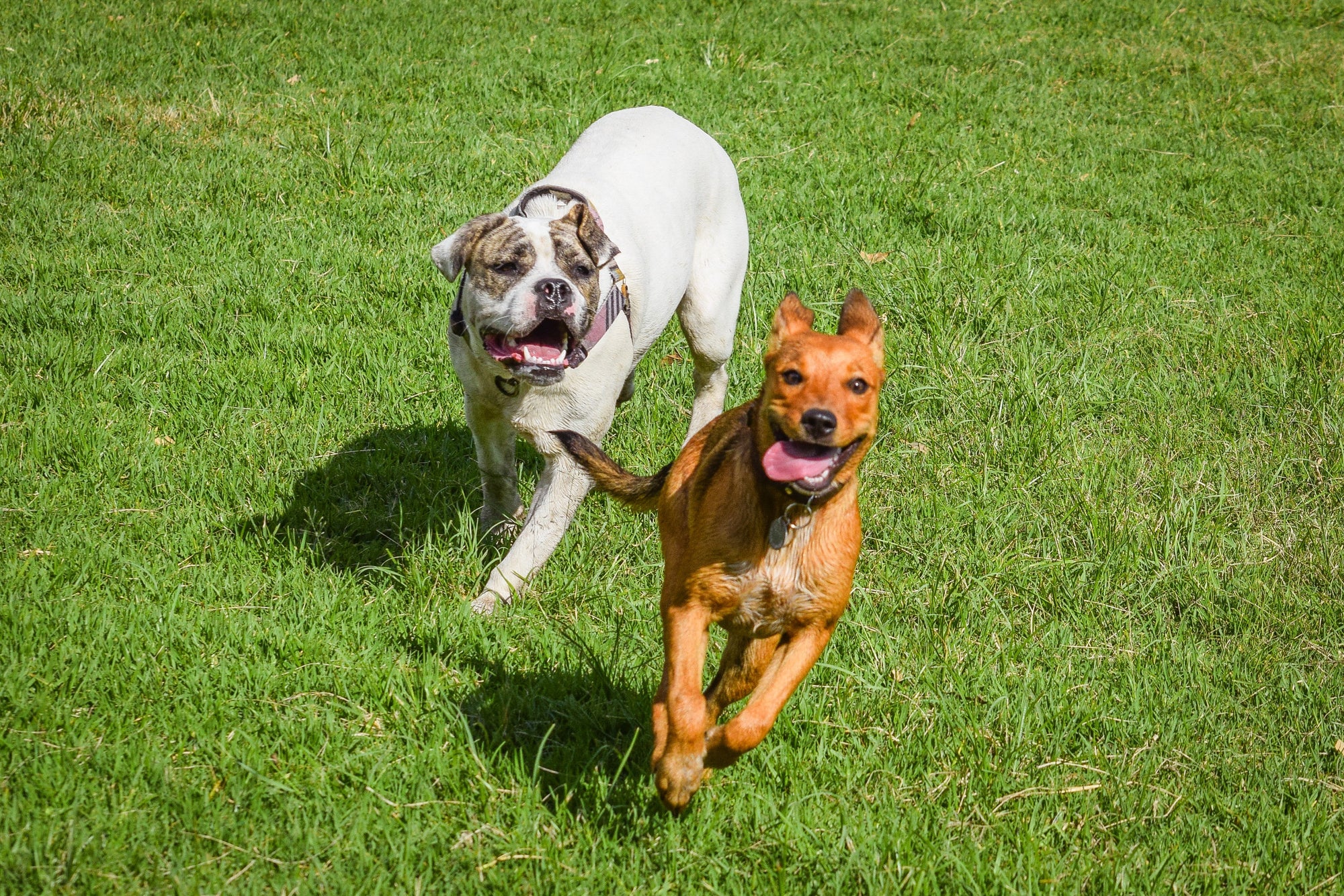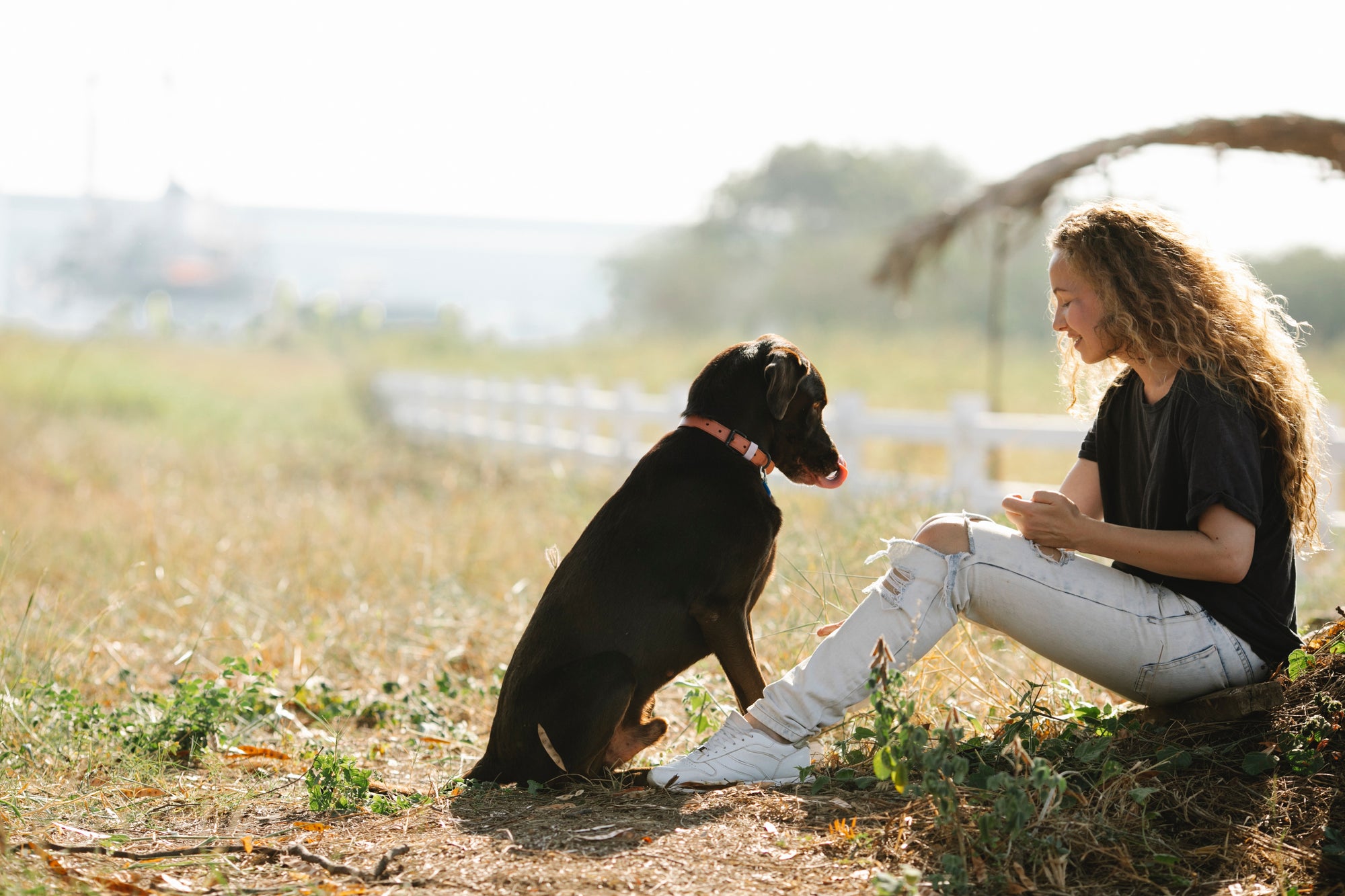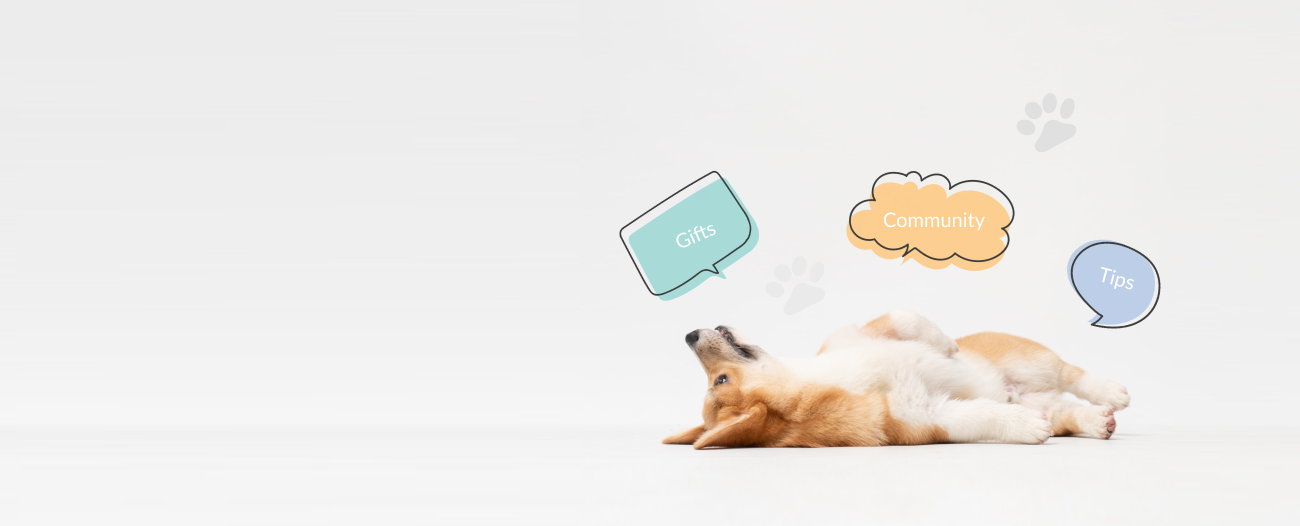Giant dog breeds might be frightening and require more upkeep and space, but their size makes them the ideal cuddling buddies and, when well socialized, fantastic family members. So get your dog as big as life with one of these sizeable canine companions.
New Foundland

This large dog breed is known for swimming. Newfoundlands are great lifeguards and water sports athletes; their webbed feet give them an edge. They're 27-29 inches tall, incredibly clever, and their lifeguard background is so engrained that they'll strive to save family members who are swimming. Newfoundlands are friendly and soft, making them excellent for cuddling.
Irish Wolf Hound

Irish Wolfhounds are muscular and can reach 32 inches, yet they're enormous softies in the heart. This giant dog breed is fantastic with children and other dogs, but they're high-energy, so they need lots of exercise.
English Mastiff
The English Mastiff is one of the giant dog breeds in height and weight, measuring 27-35 inches and weighing 200-230 pounds. This breed descended from ancient battle dogs and is today a beloved household pet. This intelligent large dog breed was employed for security, police, and military tasks.
Leonberger

Leonbergers are cute fluffballs. The 30-inch-tall, muscular, intelligent canine breed is employed for tracking and herding. Without obedience instruction, Leonberger can become destructive. The Leonberger is a great family dog when well-trained and socialized, but they can be sensitive around young children.
Neapolitan Mastiff
Neapolitan Mastiffs are traditionally developed to guard households in Southern Italy. Heavy, loose skin protects them from attack. These 31-inch-tall lapdogs thrive on human interaction, so they're excellent for families. Huge, droopy jowls suggest they drool a lot.
Great Dane
Great Danes are gentle and energetic, making them ideal family dogs. This breed originated from German nobility, who bred this 30-34-inch hound to hunt boars and guard their lands. The great Dane is tall because it combines the English mastiff and the Irish wolfhound.
Caucasian Shepherd

Caucasian Shepherds are bred to protect and herd animals, and this giant dog breed watched flocks and herds from predators in the Caucasus Mountains. Due to their stubbornness, they're best for experienced owners who are highly territorial of their home and despise other dogs or outsiders. The Caucasian Shepherd can be a friendly family dog with adequate training and socialization.
Anatolian Shepherd
Turkey still uses this huge dog type for guarding. The Anatolian Shepherd is 32 inches tall and has a lifespan of 13 to 15 years, comparable to other large dog breeds.
Conservationists brought imported Anatolian Shepherds to guard cattle ranchers' herds, which reduced cheetah deaths.
Dogue De Bordeaux

This 24-26-inch-tall dog breed is also called a French Mastiff. The Dogue de Bordeaux is a descendant of Molossus's ancient livestock guardian. This gigantic dog breed has hunted big animals on French estates, driven cattle, and been a deadly fighting dog.
Saint Bernard
Why did a Swiss convent give Saint Bernard an angelic name? 28-30-inch size was suitable for protecting sacred territory. Their friendly faces and gorgeous eyes welcomed lost Swiss Alps travelers. Because of their mild nature, they're still used in search and rescue activities.
Getting a Large Dog Breed?
Overall, giant dog breeds are wonderful companions for families, even though their massive size may cause some people to find them intimidating.

